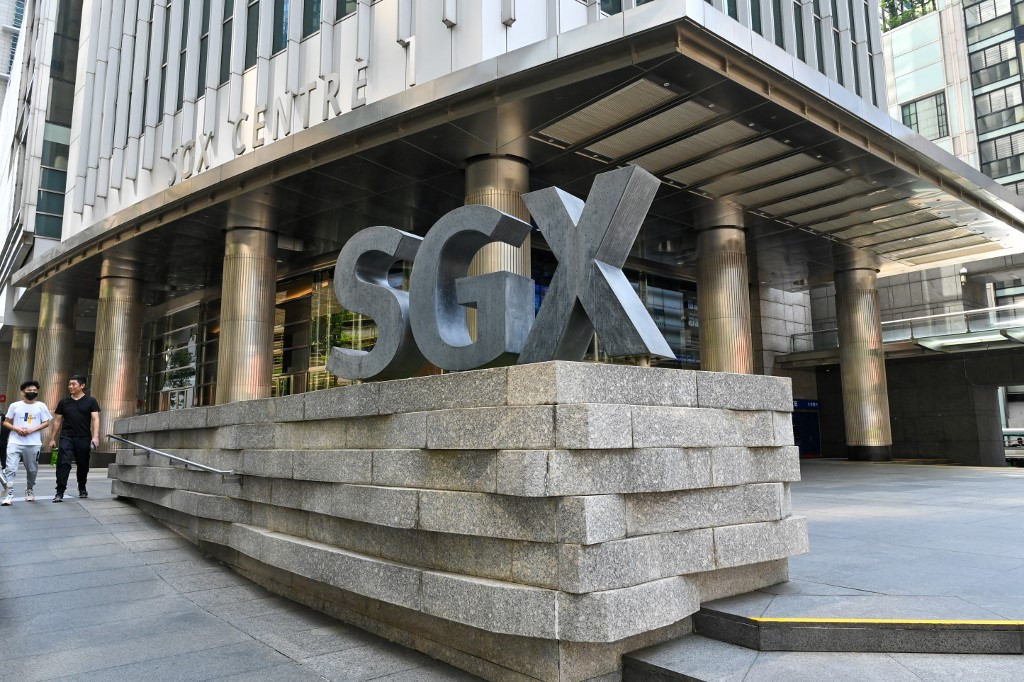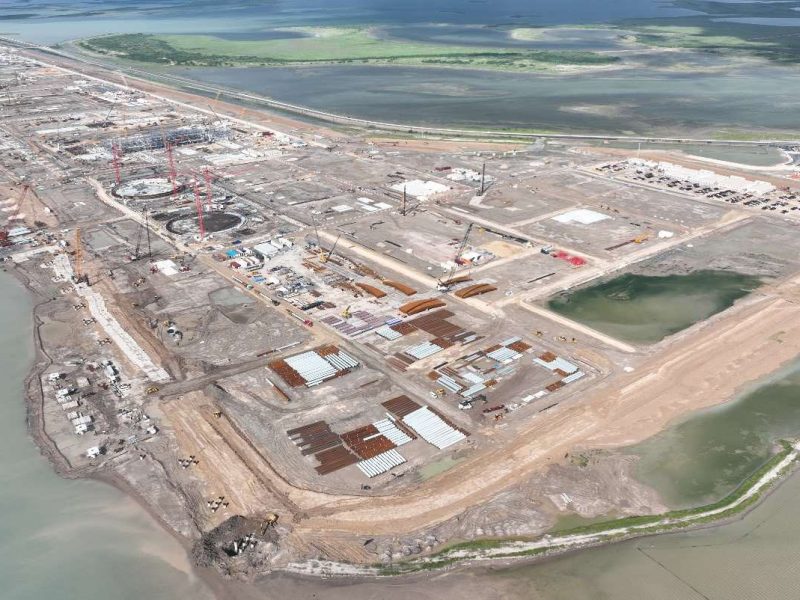Asian markets took a step back after a U.S. appeals court issued a ruling that effectively revives parts of the Trump-era tariffs. The decision, which allows the reinstatement of certain import duties on goods such as steel and aluminum, rattled investors across the region. The verdict comes at a delicate time for global trade, and its ripple effects were immediately felt in Asian financial markets.
What the Court Decision Means
At the heart of the issue is the Trump administration’s use of Section 232 of the Trade Expansion Act to impose tariffs on national security grounds. While some of those tariffs had been challenged and paused under various legal pressures, the U.S. Court of Appeals has now ruled in favor of reinstating them, giving the former administration’s trade strategy a legal boost.
This ruling gives more weight to the argument that executive powers can be broadly applied to impose trade barriers. Markets were quick to react, with the news triggering declines in key indexes.
Market Reaction Across Asia
The Nikkei 225 in Japan dropped 1.2%, while Hong Kong’s Hang Seng Index fell 0.9%. South Korea’s KOSPI shed 0.8%, and Shanghai’s Composite Index slipped 0.6%. The losses weren’t catastrophic, but they were consistent—signaling growing concern over another chapter of trade uncertainty.
The concern isn’t only about tariffs coming back into play. It’s about the broader possibility of a return to a more protectionist trade stance, especially as the U.S. gears up for another presidential election cycle. With Trump actively campaigning, the markets are watching every legal and political development closely.
Impact on Global Trade and Asian Economies
Many Asian economies rely heavily on exports, especially in sectors like manufacturing and tech. The court’s decision could potentially lead to retaliatory tariffs, stalled trade negotiations, or a reshuffling of supply chains—any of which would disrupt business forecasts.
In the short term, exporters are worried about costs rising again if tariffs are reimposed. Investors are also hedging against the uncertainty, pulling back from riskier positions in affected sectors.
Looking Ahead
While this court decision doesn’t immediately roll out a new tariff regime, it opens the door for the U.S. to reassert a more aggressive trade policy. For Asia, that’s enough to shake confidence. As businesses and investors recalibrate, this story will likely remain a key driver in the performance of Asian markets in the weeks to come.
The reprieve for Trump tariffs is more than a legal footnote—it’s a signal that trade tensions are far from over.



